Kansas Incarceration: Key Facts
Kansas faces a serious challenge with its incarceration rates. With 648 individuals locked up per 100,000 people, these numbers are among the world’s worst. It’s not just about prisons. The broader criminal justice system, involving probation and parole, plays a role too. A glaring issue is the racial disparities in the system. People of color, especially Black individuals, are disproportionately impacted. Facilities like the Lansing Correctional Facility, which faced a COVID-19 outbreak, highlight the system’s struggles. Meanwhile, the Leavenworth Detention Center is plagued with violence and mismanagement, stirring calls for closure. Even the Kansas City Police contribute to rising incarceration rates, transforming Kansas City in ways that demand urgent reform.
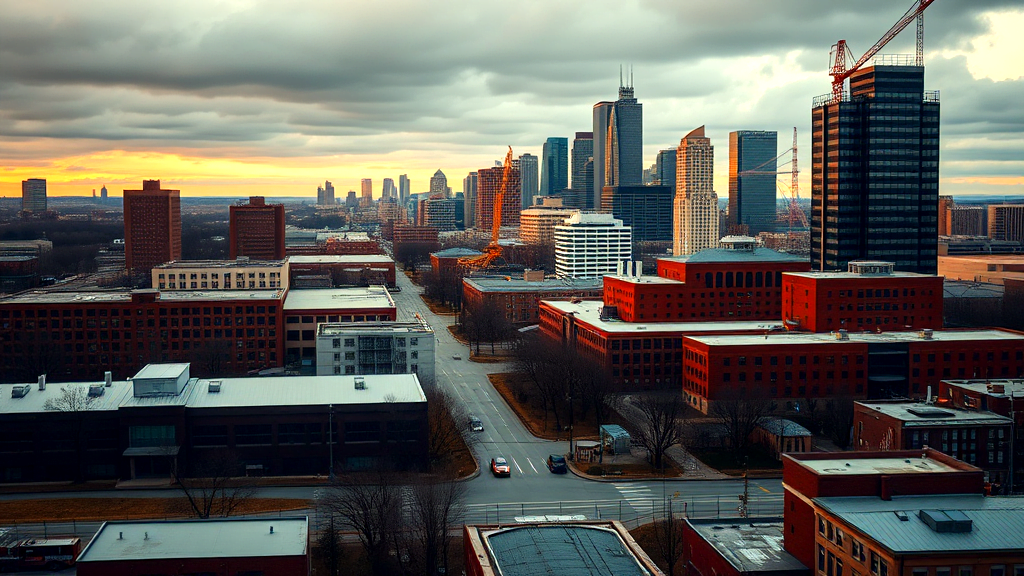
Rising Incarceration Rates Over Decades
Examining how incarceration rates have soared over the decades reveals a troubling picture for Kansas. The state’s rate of 648 per 100,000 is astonishingly high, overshadowing global figures. Not just a numbers game, this surge also highlights systemic issues. Local facilities, like the Leavenworth Detention Center, exacerbate the problem with their notorious conditions. Understaffing and violence paint a grim picture. Add the Lansing Correctional Facility into the mix, and you see a pattern of mismanagement. COVID-19 outbreaks there were the tip of the iceberg. Meanwhile, Kansas City Police practices contribute to the rising numbers, especially for minorities. The impact on communities is severe, transforming the city in ways that are neither desired nor beneficial. Addressing these issues is critical for meaningful reform. Yet, without substantial action, Kansas remains in a challenging position.
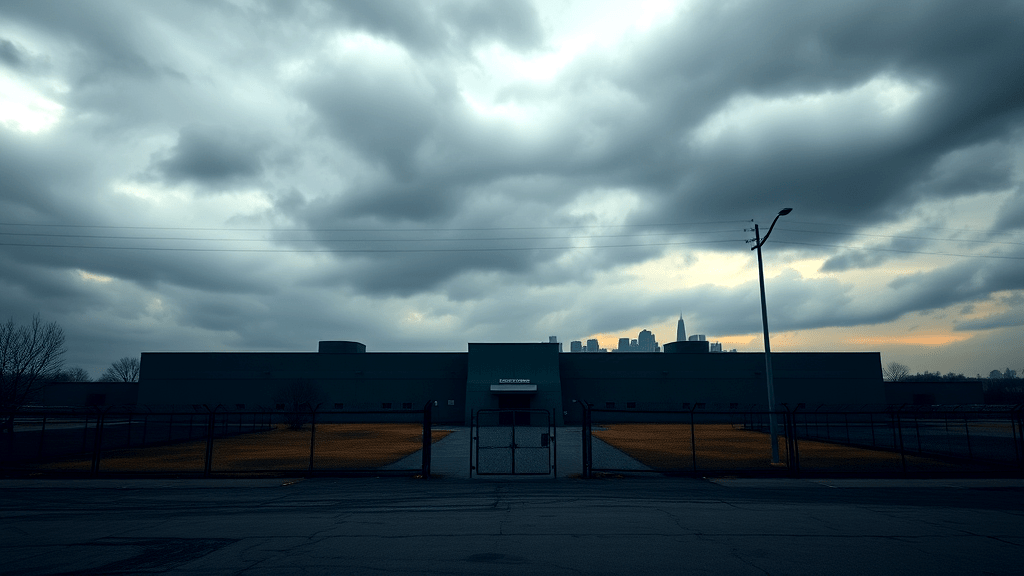
Comparison to Global Incarceration Statistics
When you look at Kansas’s incarceration rates, they’re a real eye-opener. With 648 out of every 100,000 people behind bars, Kansas outpaces many countries. This isn’t just about state prisons. Local jails and other facilities add to the numbers. This reflects a broader trend of heavy-handed justice.
Plus, the racial disparities in these stats are alarming. People of color are overrepresented, signaling systemic issues. And let’s not forget about the facilities themselves. The Leavenworth Detention Center is infamous for its problems. Meanwhile, the Lansing Correctional Facility had a rough pandemic ride with major COVID-19 outbreaks.
Addressing these issues involves more than just counting heads. It means looking at the whole system. From probation to parole, Kansas City is dealing with a lot. Reform is needed to truly transform Kansas City into a place known for justice, not just high incarceration rates.

Racial Disparities in Kansas Prisons
Kansas’s incarceration numbers show stark racial imbalances. Black individuals, for instance, are imprisoned at rates far exceeding those of white individuals. This paints a picture of systemic bias in the justice system. The Leavenworth Detention Center hasn’t helped matters, with its notorious issues creating a tense environment. Over at the Lansing Correctional Facility, the pandemic exposed vulnerabilities, further complicating matters. Addressing these disparities requires more than a Kansas City gift; it’s about transforming Kansas City into a fair place for all. Bold moves are needed to reshape the current system, reduce disparities, and ensure justice prevails. Reforms in probation, parole, and other areas can help change this narrative. It’s a challenging road, but tackling these issues head-on is essential for a just future. With the right focus, change is within reach.
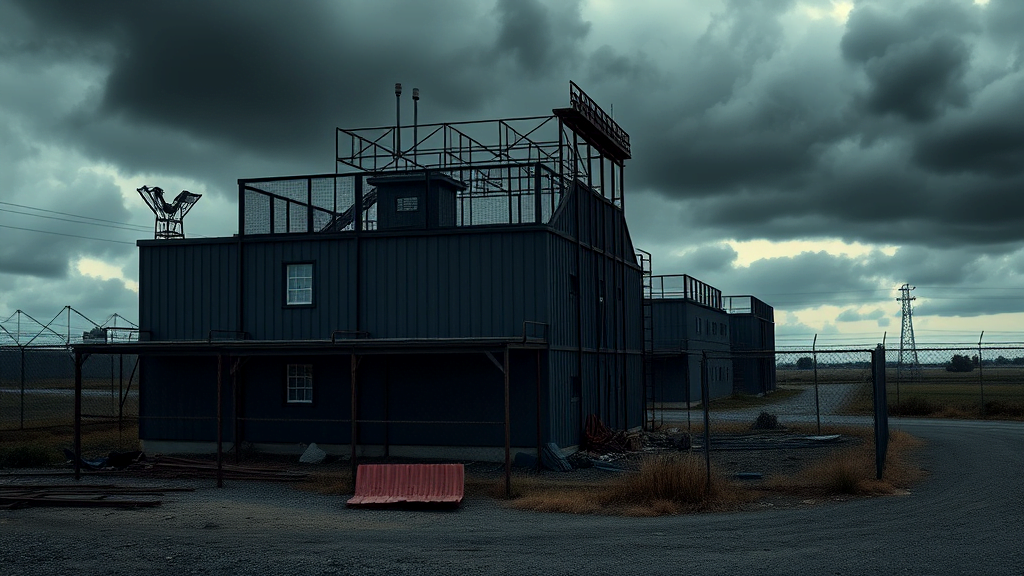
Beyond Prisons: Kansas Criminal Justice System
Examining the Kansas criminal justice system reveals a broader scope than just prisons. The Kansas incarceration rate is staggering, affecting nearly 17,000 people and impacting thousands more through probation and parole. This isn’t just a numbers game; it’s a human issue. The disparities are glaring, especially when you consider how people of color are disproportionately affected.
Let’s not sugarcoat it; the conditions in facilities like the Leavenworth Detention Center cry out for attention. You’d think that dealing with a pandemic would push for improvements, but the Lansing Correctional Facility struggled, showing systemic flaws.
Addressing these challenges calls for holistic reforms. It’s not just about reducing numbers; it’s about righting wrongs. With concerted effort, the road to justice in Kansas could be not just a path but a reality.
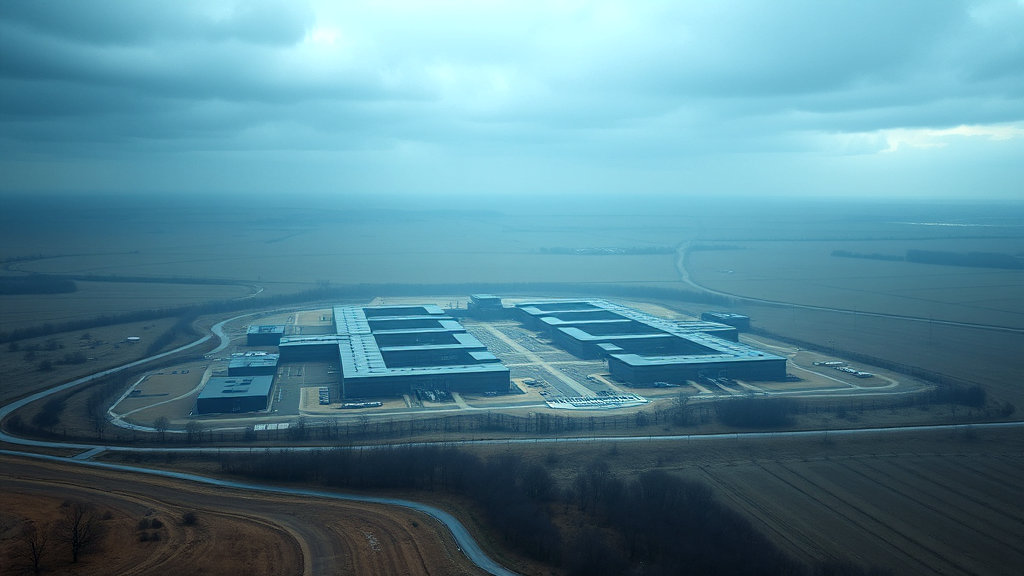
Conditions in Leavenworth Detention Center
Staff shortages and contraband issues plague the Leavenworth Detention Center, sparking grave concerns. Violence erupts frequently, with both guards and inmates caught in the crossfire. Some say it’s like a powder keg ready to blow. The outcry for its closure grows louder each day, fueled by reports of suicides and neglect.
Safety is a luxury here, as understaffing leads to chaos. Imagine trying to control a zoo with half the zookeepers!
Meanwhile, at the Lansing Correctional Facility, the pandemic exposed gaping vulnerabilities. COVID-19 cases spread like wildfire, highlighting a desperate need for better healthcare measures. A lack of PPE and delayed testing fueled the outbreak, making it a cautionary tale.
Kansas incarceration challenges are woven into these stories. The urgent need for reform is a drumbeat that can’t be ignored. Can change turn this tide?

Impact of COVID-19 on Kansas Inmates
For Kansas inmates, the pandemic was a nightmare, bringing challenges that ripped the system’s seams. Overcrowding made social distancing a far-off dream, especially at the Lansing Correctional Facility. The virus spread uncontrollably, revealing the system’s weaknesses. Healthcare measures were found wanting, leaving many inmates vulnerable. As if this wasn’t enough, the Leavenworth Detention Center faced its own battles. Shortages in staff turned the place into a ticking time bomb, fueling unrest and risk.
These issues aren’t new for Kansas incarceration. The pandemic acted as a spotlight, magnifying existing flaws. Reform isn’t just a buzzword here; it’s a necessity. When will Kansas take the decisive steps needed to address these glaring issues? More importantly, how will these changes reshape the future of incarceration? Let’s face it, the clock is ticking, and the stakes are high.
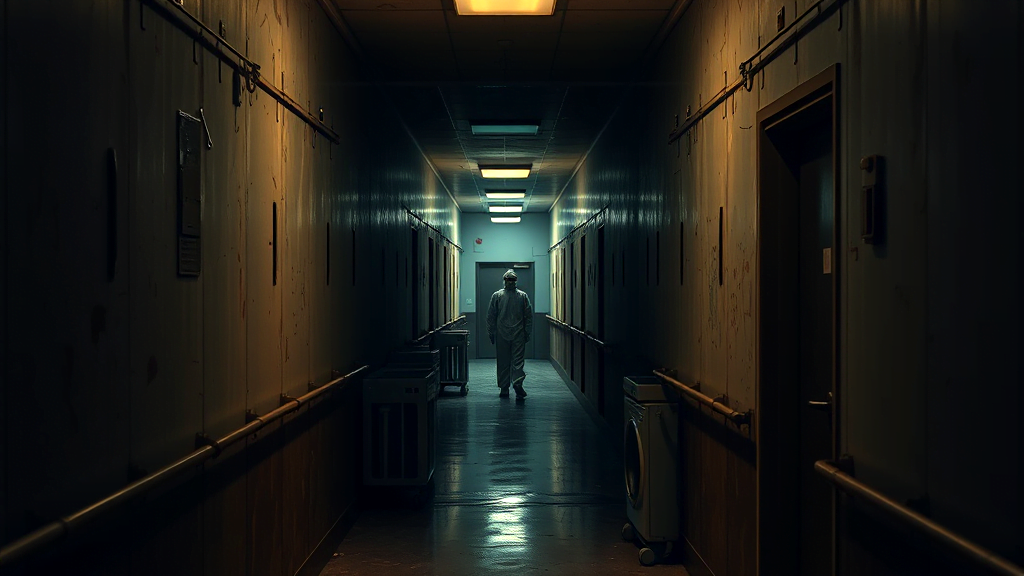
Lansing Correctional Facility: Key Facts
Exploring the key aspects of the Lansing Correctional Facility, a major epicenter for COVID-19, reveals its challenges. Nearly 900 inmates were infected, exposing weaknesses in pandemic response. Delays in testing and a lack of protective gear contributed to the outbreak. These issues spotlight the broader struggles within Kansas incarceration systems, including the controversial Leavenworth Detention Center. This facility has faced criticism for understaffing, which fuels dangerous conditions. Kansas City adds to the conversation, where policing practices impact incarceration rates, particularly among minorities. Future reform efforts must address systemic problems and improve conditions. The need for change is evident as Kansas continues to grapple with these challenges. Addressing these issues requires concerted efforts and reforms. Will Kansas tackle these problems head-on, or will they continue to linger? The clock is ticking, and meaningful change is necessary to shape a better future.

Kansas City Police and Incarceration
The role of police practices in Kansas incarceration reveals stark disparities. In Kansas City, policing significantly affects rates of imprisonment, often targeting racial minorities and economically disadvantaged individuals. Minor offenses are frequently criminalized, amplifying incarceration issues.
The Leavenworth Detention Center faces severe problems, including violence and contraband, worsened by understaffing. Such conditions highlight the need for reform within the criminal justice system. The facility’s shortcomings underscore a broader challenge across Kansas.
Many call for change, aiming to address the root causes of disproportionate incarceration rates. These efforts involve reducing pretrial detention, enhancing reentry support, and bolstering transparency. Yet, the path remains rocky, with systemic issues deeply entrenched.
Addressing these problems is crucial to improve conditions and ensure justice. Kansas must confront these challenges head-on to enact meaningful reform. The clock is ticking, and action cannot be delayed further.
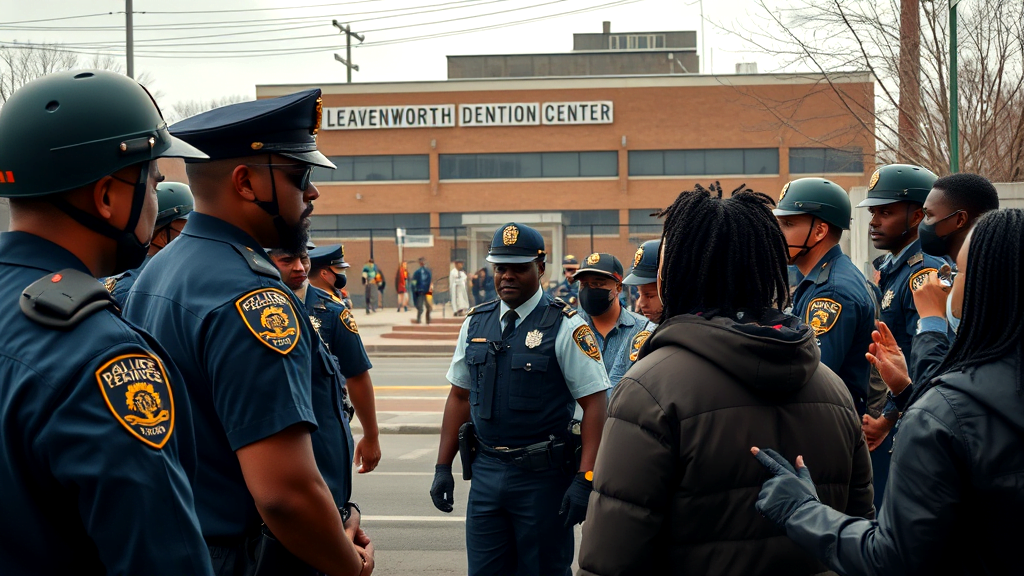
Reform Efforts and Future Challenges
Reforming Kansas incarceration is like untangling a stubborn knot. The state’s efforts to reduce pretrial detention and bolster reentry support reflect a determined push to address mass incarceration. Yet, these initiatives often stumble over deep-rooted systemic issues. Racial disparities remain a glaring problem, with people of color overrepresented in prisons. The Leavenworth Detention Center is a stark reminder of the urgent need for reform, as highlighted by @marawilliamskc.
The road to change is riddled with obstacles. High incarceration rates challenge both policymakers and communities. Balancing justice with safety, Kansas must carve a path that embraces transparency and equity. Reform isn’t just a buzzword—it’s a necessity. The state’s journey toward progress requires more than just policy tweaks. It demands a complete overhaul, addressing underlying causes and ensuring a fair system for all.
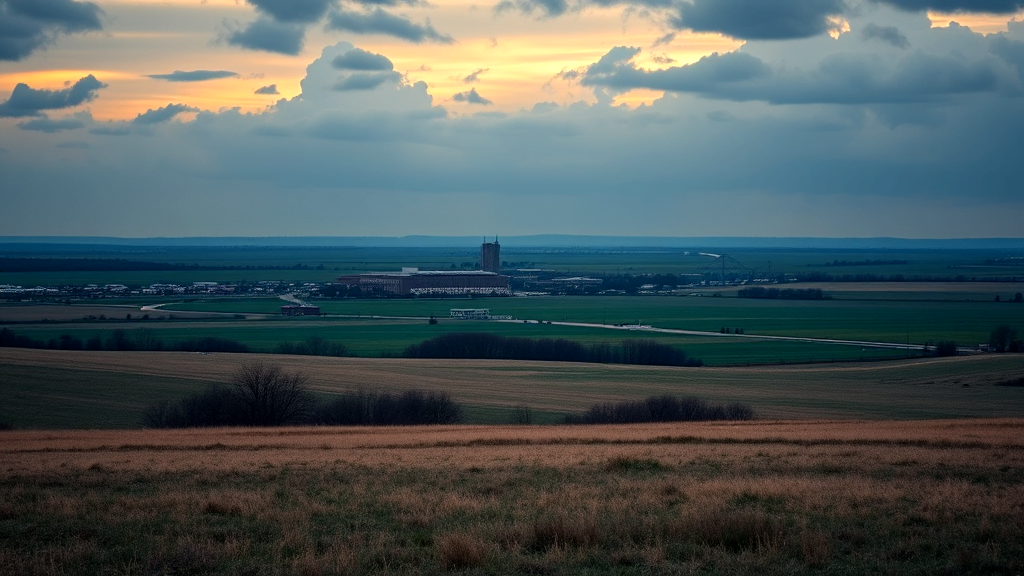

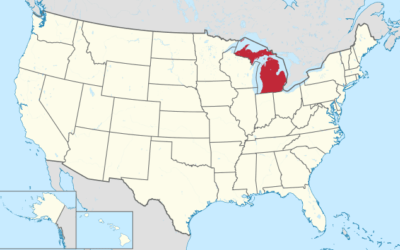
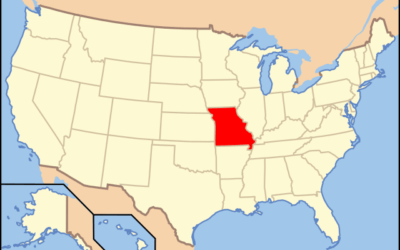

0 Comments